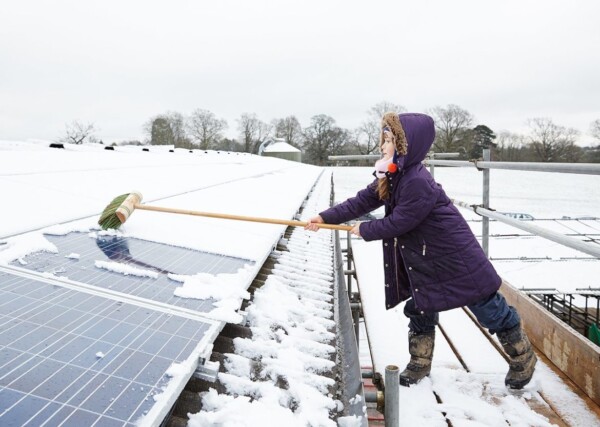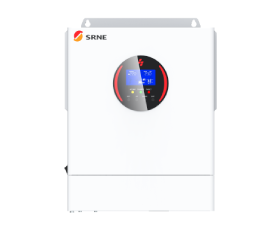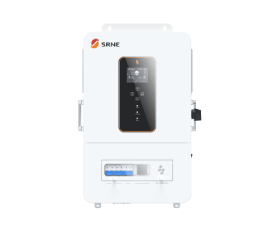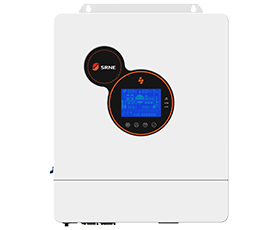How should we treat the snow on the solar panels
Winter is coming. Not for a long time, you’ll be seeing the white stuff everywhere soon. Yes, that is the snow. Snow is a beautiful yet occasionally problematic part of life. While wintry weather allows us to enjoy skiing and hockey, snow can also present challenges when it comes to managing many of the systems we take for granted; solar panels included.

There is a common misconception that solar panels do not work during the winter months. Solar panels work best, of course, when they receive direct sunlight. Still, a solar system does generate power even on overcast days.
The cold weather can be beneficial when it comes to the electricity production of solar panels. Just like any electronic device, for example, computers, radios and TVs, solar panels function more efficiently in cold weather conditions compared to hotter temperatures. Therefore, solar panels in winter conditions can actually improve their performance, further minimizing the drop in production due to snow on the panel or the loss of daylight hours.
Solar panels can still generate electricity through a thin layer of snow though several inches or more will render the panel inoperable. Further still, snow reflects additional sunlight onto your panels, increasing the amount of energy your system is able to generate on any given day. It goes without saying, but heavy snow that completely blocks the solar cells from receiving sunlight will prevent generation until either the snow melts or is brushed off.
Maybe you will ask “Do I need to clear the snow from my roof or solar panels?” We recommend that you do not clean snow off your solar panels by yourself. Manually removing snow will likely take a lot of more energy and risk. It is always better to wait for the sun and gravity to take care of any snowy panels. In addition, melting snow is a natural panel cleaner, removing the layers of pollen, dust, bird droppings and leaf debris that accumulated during the previous seasons.
The most important thing to keep in mind is that your safety is more important than a few extra hours of generation on some of the shortest days of the year. If you do not want to wait for the snow to melt, an experienced solar provider can help you clear your roof.
The only time it’s worth trying to remove snow is for off-grid systems where daily energy production is critical. When the only energy you have is the energy you make, getting any snow off the panels will make a big difference. If you have a ground-mounted solar power system that is more accessible, it is generally fine to just brush off any snow as needed.
One additional concern for heavy snow to note is the added weight load of any snow accumulation on a home’s roof. A lot of snow means more weight on the array and the roof. Fortunately, this additional weight is taken into account when designing the array structure and evaluating the roof’s ability to handle the array in the first place.
When installing solar panels during the winter months, it is important to view it as an investment to reduce the overall energy consumption throughout the year. Even with the potential of a solar panel running at a reduced efficiency due to inclement weather and lack of sunlight, there is still a high demand for solar panel installation during the winter.

































































































